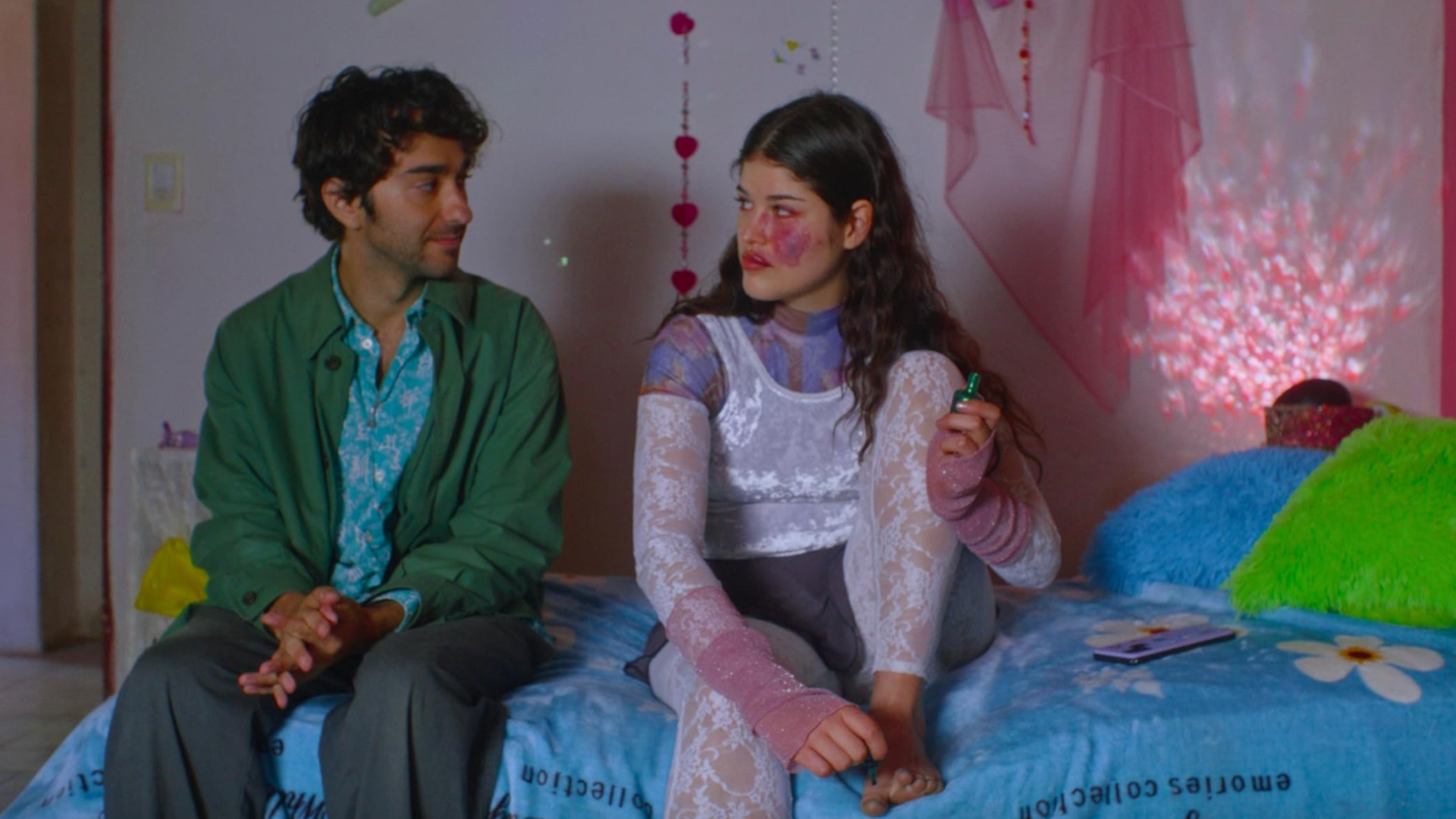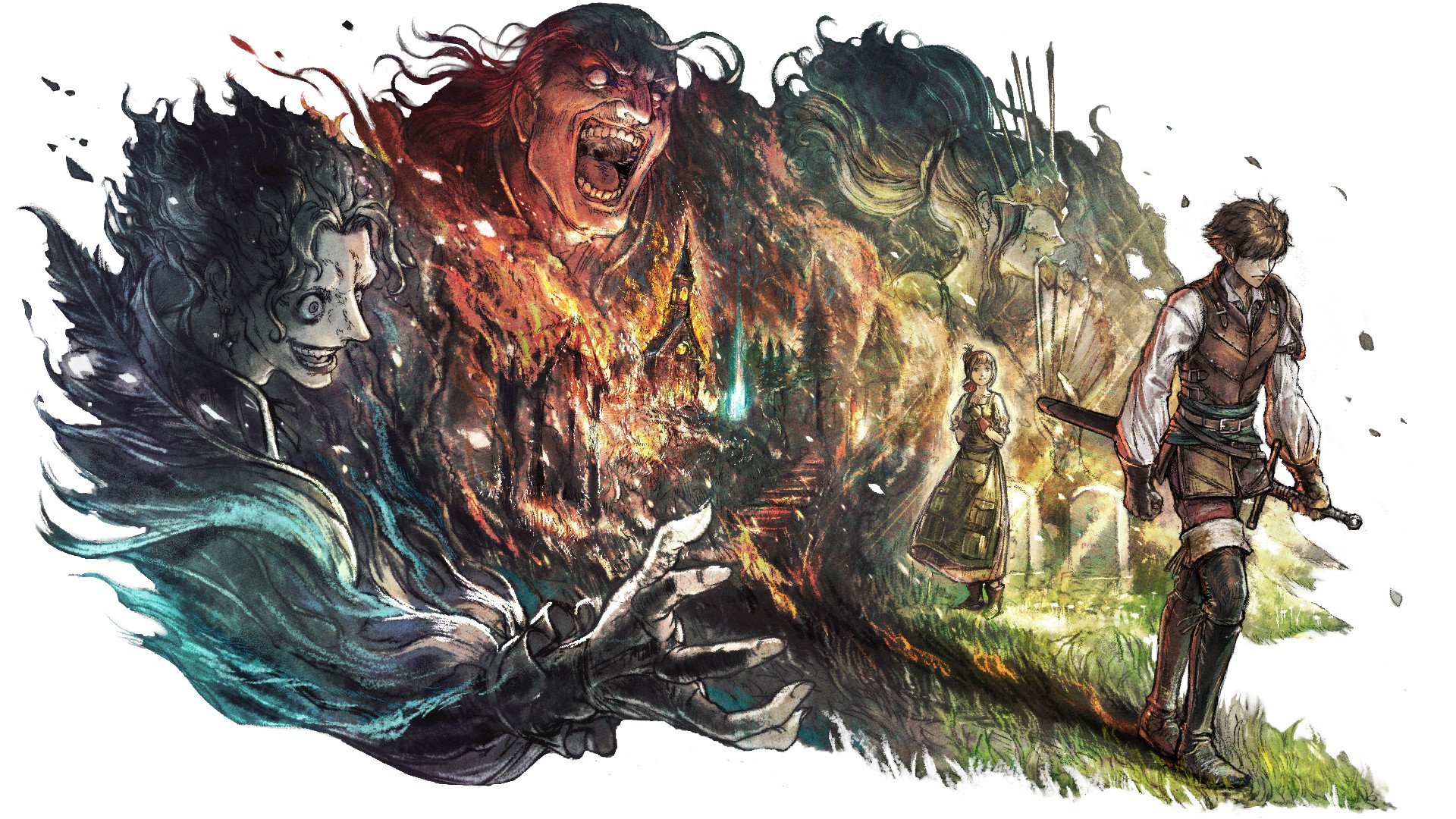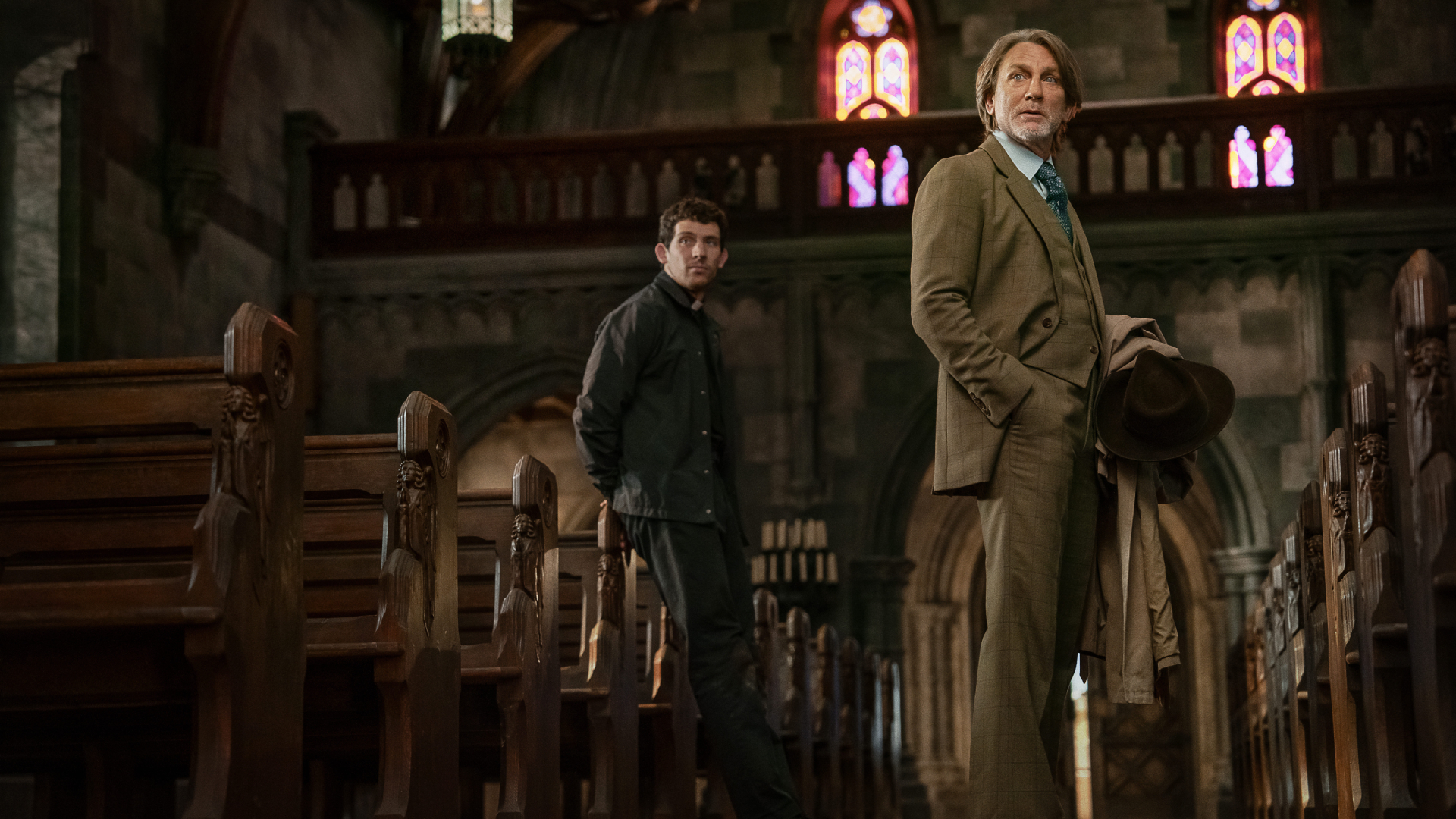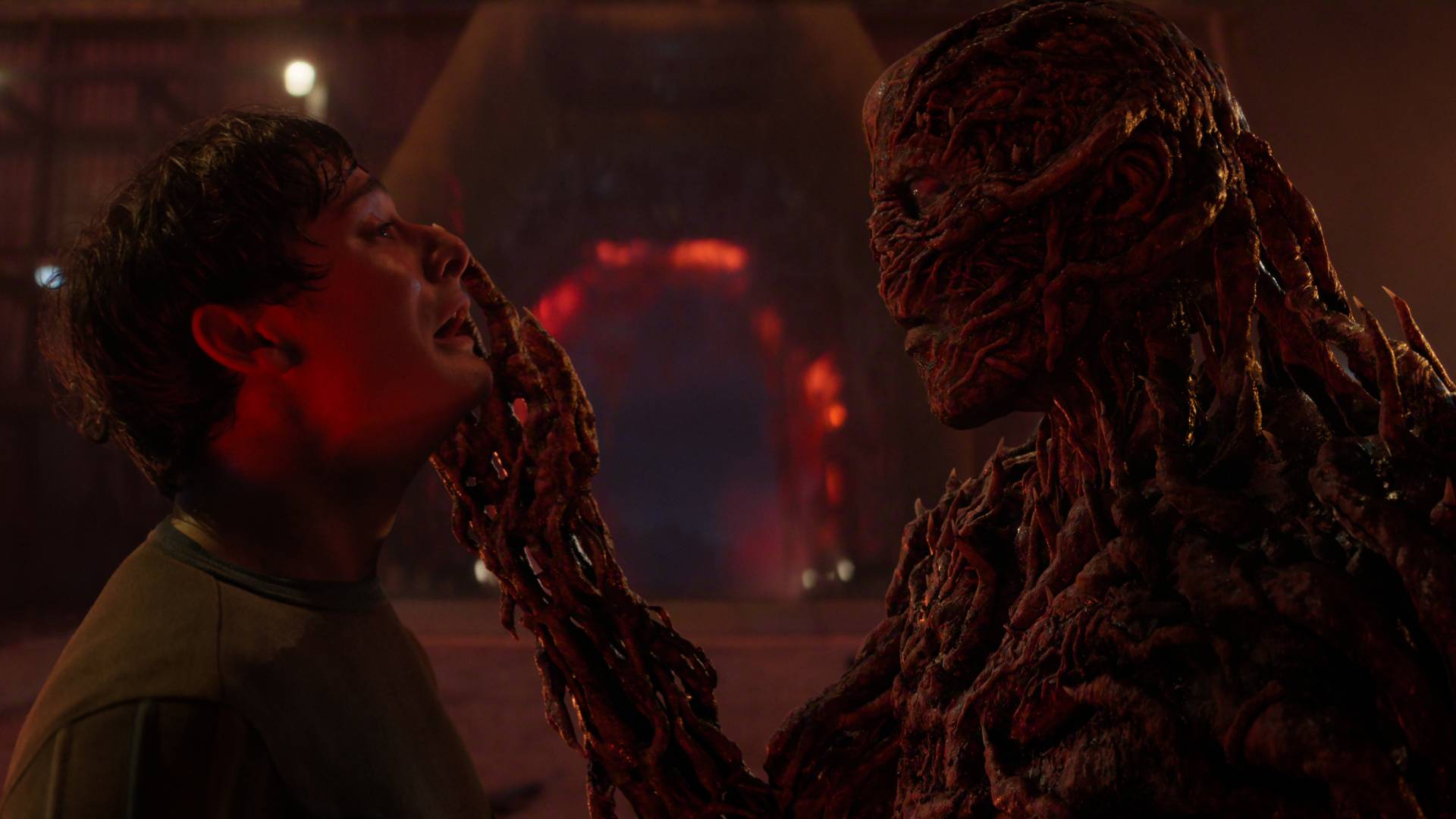23 years ago, Danny Boyle's grimy horror 28 Days Later set a new standard for zombie apocalypse movies – and I'm hoping 28 Years Later will match it
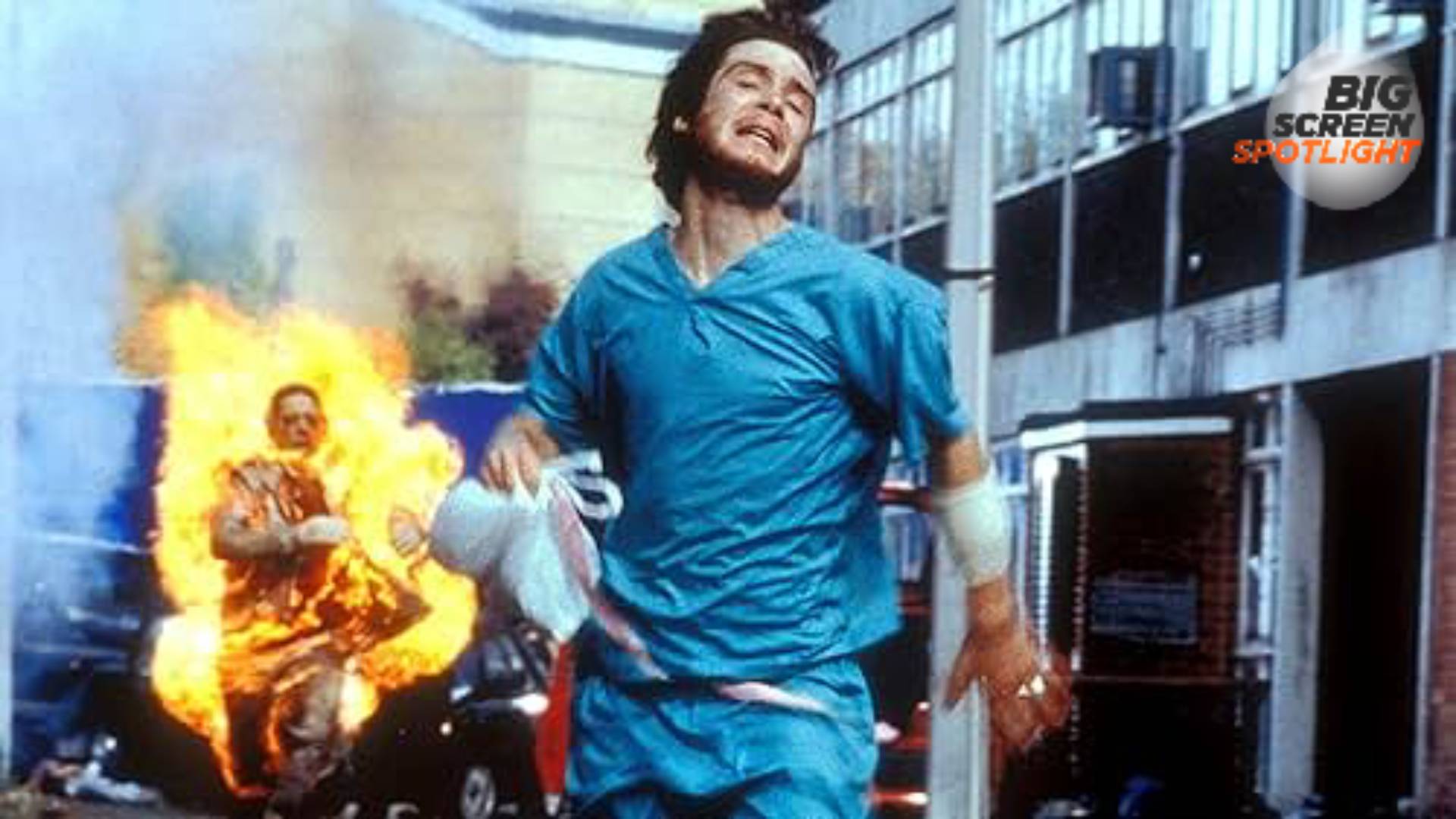
I love zombie apocalypse movies. Shaun of the Dead, Train to Busan, Zombieland, Rec, The Sadness, I am Legend, World War Z… hell, Resident Evil? If it's about the end of the world, I'm in. I've seen enough of them to know, then, that the best kind of zombie apocalypse movie isn't the one with the most ambitious CGI or explosive action, it's the one that is as much about the collapse of a human psyche as it is the breakdown of society.
Inspired by the haunting isolation of John Wyndham's exquisite sci-fi horror novel The Day of the Triffids and the sharp social commentary of George A. Romero's Night of the Living Dead, 28 Days Later, which recently rereleased in cinemas, is a prime example of how to do a story about flesh-eating ghoulies right. Released in 2002, it tracks London-based courier Jim's bleak journey up north after he wakes from a coma to discover that a rage-inducing virus has destroyed Britain – making mega stars of Brendan Gleeson, Naomie Harris, and Cillian Murphy, popularizing "fast" zombies, and paving the way for hit series like The Walking Dead and The Last of Us.
Shining a light on the under-the-radar theatrical releases that you need to know about, with a new article every Friday
Terrifying prologue aside, which reveals that the outbreak began when a group of eco-terrorists broke into a chimpanzee-testing site in Cambridge and unwittingly exposed themselves to the infection, we experience the entire film through Jim (Murphy); a fact amplified by director Danny Boyle's kinetic use of handheld digital video cameras, which makes for the movie's grainy, almost found footage-esque aesthetic. As our bleary-eyed, hospital-gowned protagonist wanders out into the devastated streets of the capital city, it feels like we're witnessing the bizarre sights ourselves – and it's chilling.
Later, we follow him as he and his new pals Selena (Harris) and Mark (Noah Huntley) walk to Deptford to see whether Jim's parents are still alive. Heartbreakingly, once the trio arrives, they learn that his mum and dad died by suicide. You see, it's quieter, solemn moments like that and Boyle and writer Alex Garland's commitment to making 28 Days Later human and relatable that makes it so timeless. The duo understands that we can't really fathom what it's like to live through an apocalyptic event, but we do know what it's like to feel alone, experience sudden familial grief, or to see someone you care about change into something else. Here, the "zombie chaos" is simply the framing in which to explore such themes rather than the main event. What's really scary is the idea of having to carry on, to rewire your brain to accept an existence lacking in comfort and structure. Losing so much is only a part of it; what about having to stomach living with what remains?
Military and misogyny
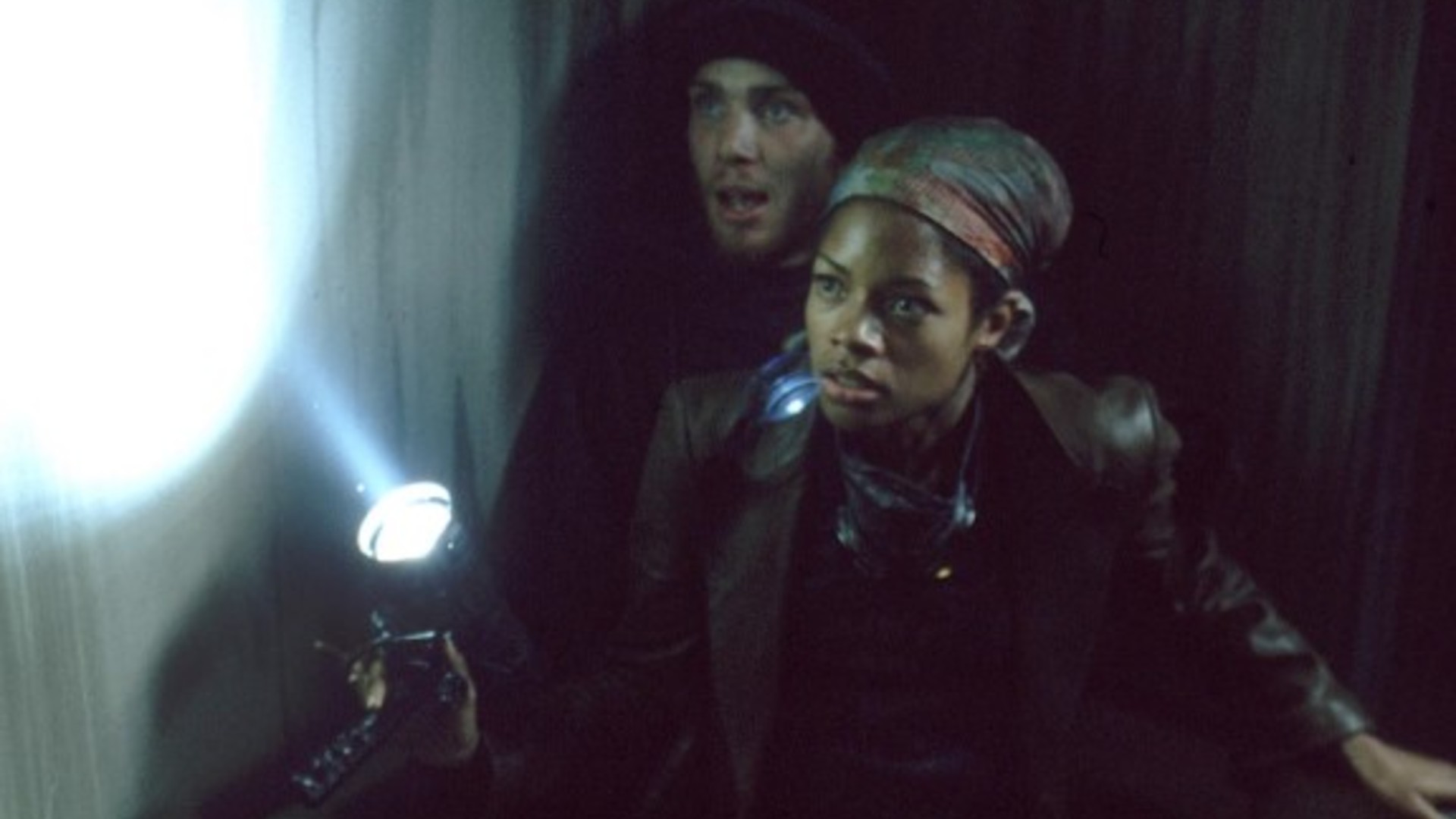
Boyle and Garland pose that question largely through Christopher Eccleston's character, Major Henry West, the leader of a group of renegade soldiers who have set up shop just outside of Manchester. At first, the squad look to be saviors of sorts for Jim, Selena, and Hannah (Megan Burns), a young girl they've picked up along the way; saving them from an infected Frank (Gleeson), taking them back to their fortified mansion, and treating them to a banquet. In a rug-pull that undoubtedly inspired that Terminus rugpull in The Walking Dead, though, the sanctuary turns out to be a ruse to lure female survivors to their base.
"Eight days ago, I found Jones with his gun in his mouth. He said he was going to kill himself because there was no future. What could I say to him? We fight off the infected or we wait until they starve to death… and then what?" West candidly explains when the truth comes to light. "What do nine men do except wait to die themselves? I moved us from the blockade, and I set the radio broadcasting, and I promised them women. Because women mean a future."
What's so awful about the cold way in which he delivers the news is that his plot isn't about cultivating an environment where community and romance can flourish and hopefully lead to new life and the rebuilding of society. It's to force women into a life of sexual servitude to satisfy his platoon; a stark reminder of how easily certain individuals' rights can be stripped away if certain foundations topple and laws no longer need to be recognized. Garland dares to suggest that no matter how far we think we've come as a society, such progress could be desecrated in an instance.
Bringing all the latest movie news, features, and reviews to your inbox
As the Rage Virus takes away the bodily autonomy of millions outside the mansion's walls, West and his men share a similar disregard for Selena – notably a woman of color – and Hannah. West being a military man deepens the meaning of the twist, too, as Garland forces us to reevaluate the systems put in place to supposedly protect us. Despite it not being written by Garland (or directed by Boyle), 28 Days Later's sequel 28 Weeks Later offers up similar examinations of men's cowardice and misogyny, too, as Robert Carlisle's Don deals with the consequences of abandoning his wife Alice (Catherine McCormack) in the opening scene in order to save himself.
Flesh ideas
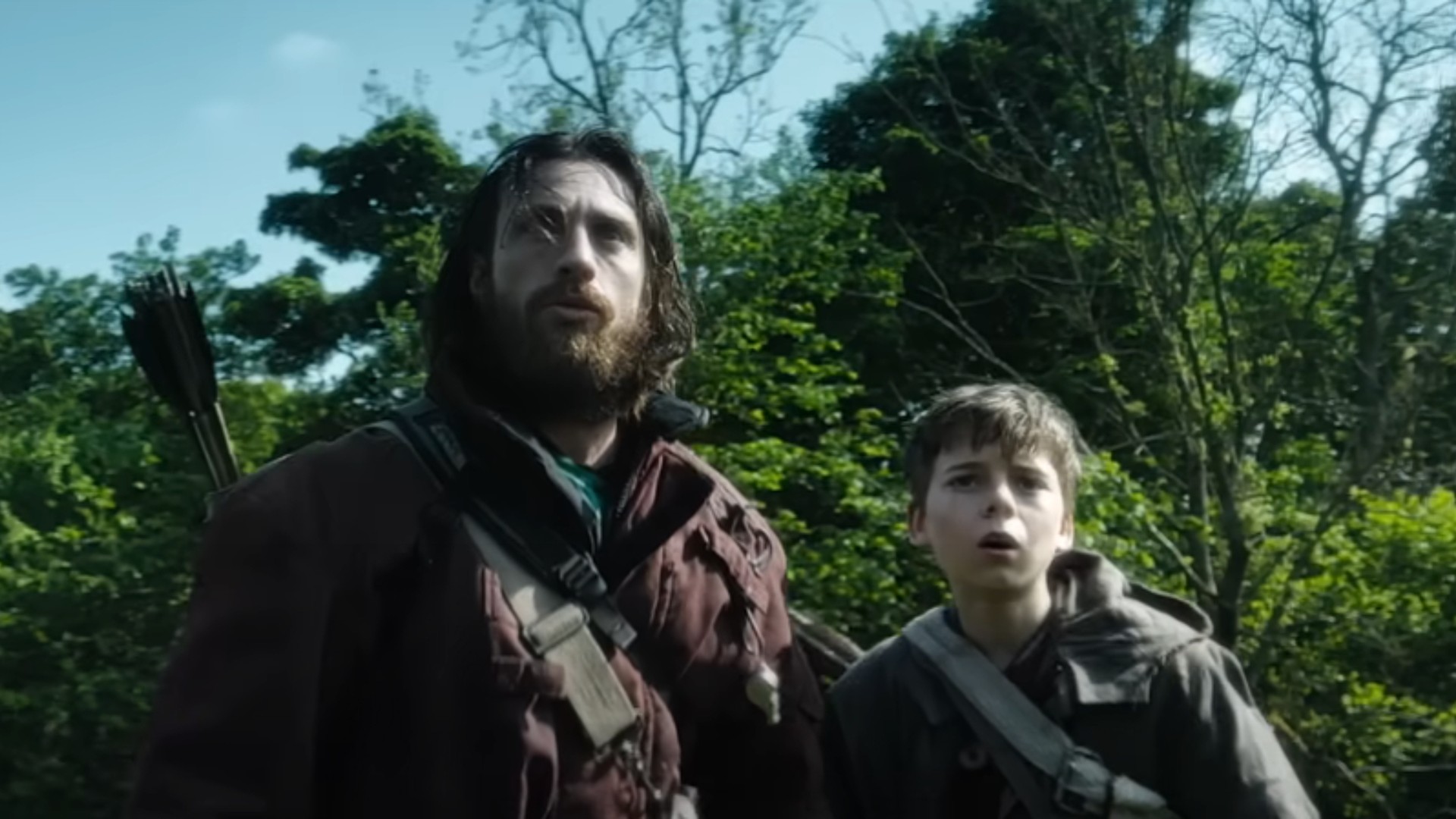
With 28 Years Later, which comes out on June 20, Garland and Boyle make their eagerly anticipated return to the franchise – and given how well 28 Days Later holds up, I can hardly wait to see what they have in store for us. The sequel's promotional material has been keeping its cards close to its decomposing chest, but we do know that the follow-up will center on Aaron Taylor-Johnson, Alfie Williams, Jodie Comer, and Ralph Fiennes' characters as they navigate the apocalypse almost three decades since it began.
"Now, still in a ruthlessly enforced quarantine, some have found ways to exist amidst the infected," the official synopsis reads. "One such group of survivors lives on a small island connected to the mainland by a single, heavily-defended causeway. When one of the group leaves the island on a mission into the dark heart of the mainland, he discovers secrets, wonders, and horrors that have mutated not only the infected but other survivors as well."
Given that last sentence, we can safely assume it'll follow in the original footsteps and tackle subjects outside of being munched by a zombie. I just hope they've not bitten off more than they can chew by making 28 Years Later: The Bone Temple and plotting a third installment at the same time. Running is cool, as 28 Days Later's zombies showcased, but it's better to walk first.
For more movie recommendations, check out the rest of our Big Screen Spotlight series.
I am an Entertainment Writer here at GamesRadar+, covering all things TV and film across our Total Film and SFX sections. Elsewhere, my words have been published by the likes of Digital Spy, SciFiNow, PinkNews, FANDOM, Radio Times, and Total Film magazine.
You must confirm your public display name before commenting
Please logout and then login again, you will then be prompted to enter your display name.
